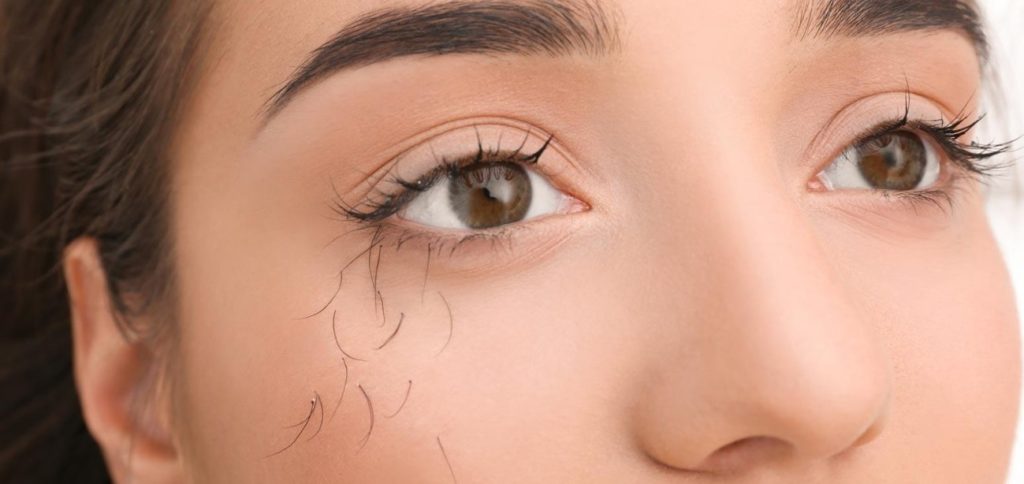Eyelashes are an important part of our appearance, making us look more attractive and giving us a sense of confidence. But did you know that the average person sheds between one to five eyelash hairs per day? This can be quite concerning if your lashes start to thin out or fall out more than usual. In this article, we will discuss the most common reasons for eyelash hair loss and how many eyelashes should fall out each day.
Common Reasons for Eyelash Hair Loss
There are several factors that can cause your eyelashes to fall out, including stress, hormonal changes, medical conditions, aging, and over-manipulation of the lashes through extensions or makeup. So why are your lashes falling out? Let’s take a closer look at each of these causes:
Stress
Stress is one of the most common causes of hair loss in general. When we experience high levels of stress for long periods of time our bodies produce a hormone called cortisol which can lead to telogen effluvium (TE), a type of temporary hair shedding that affects both head and body hair including your lashes. It is important to manage stress levels in order to keep your lash growth healthy and prevent further shedding.
Hormonal Changes
Hormonal changes, such as those experienced during pregnancy or menopause, can also cause temporary hair loss on the scalp as well as on the eyelashes due to an increase in estrogen levels, which interrupts the normal growth cycle. The good news is that once hormones have returned to normal, this type of shedding usually resolves itself without treatment. However, it may take some time before full eyelash regrowth occurs again, so patience is key!
Medical Conditions
Certain medical conditions, such as thyroid disorders or skin cancer, may also cause eyelash loss due to their effects on the body’s metabolism or immune system, respectively. Alopecia areata – an autoimmune disorder where patches of skin lose all their hair – can affect any area with hair follicles, including around our eyes, leading to patchy bald spots around our lids where no new growth occurs either naturally or from extensions/makeup application techniques used by professionals, like microblading, etc.

Aging
As we age, our natural lash cycle slows down, meaning fewer new hairs will replace those shed daily, leading them to appear thinner over time, but not necessarily less dense, unless other underlying factors, such as telogen effluvium, come into play, too. So, it’s always worth consulting with your doctor first if you notice any sudden change in thickness or length before assuming it’s just a part ‘of growing old’.
Over-Manipulation & Extensions
Using excessive force when applying makeup products near/on top lids – especially liquid liners – might result in premature breakage. Plus, using fake lashes/lash extensions could pull out some real ones while being removed, thus causing permanent damage if done incorrectly (which unfortunately happens often). Therefore, always make sure professional help is sought whenever considering going ahead with any kind of procedure involving artificial enhancement methods, such as microblading, etc.!
How Many Eyelashes Do We Shed Per Day?
The exact number varies depending on individual circumstances. However, generally speaking, between one to five single strands would constitute a regular amount lost within a 24-hour period according to their natural life cycle. Anything beyond this range would indicate a potential issue needing addressing sooner rather than later since delaying treatment could lead to severe consequences like alopecia areata, among other things. So, don’t hesitate to contact a specialist immediately if you suspect something isn’t right.
The Truth About Seasonal Lash Shedding
Most people tend to experience seasonal shedding during winter months when the temperature drops below the freezing point, causing the air to become drier. Thus, leading follicles to dehydrate quicker, hence resulting in an increased rate compared to warmer weathers. Luckily, though, these cases normally resolve themselves shortly after the climate returns back to its normal level again.
You may also like to read these posts:

